Complete Guide to Home Theater Speakers: Types, Setup, and Budget Allocation
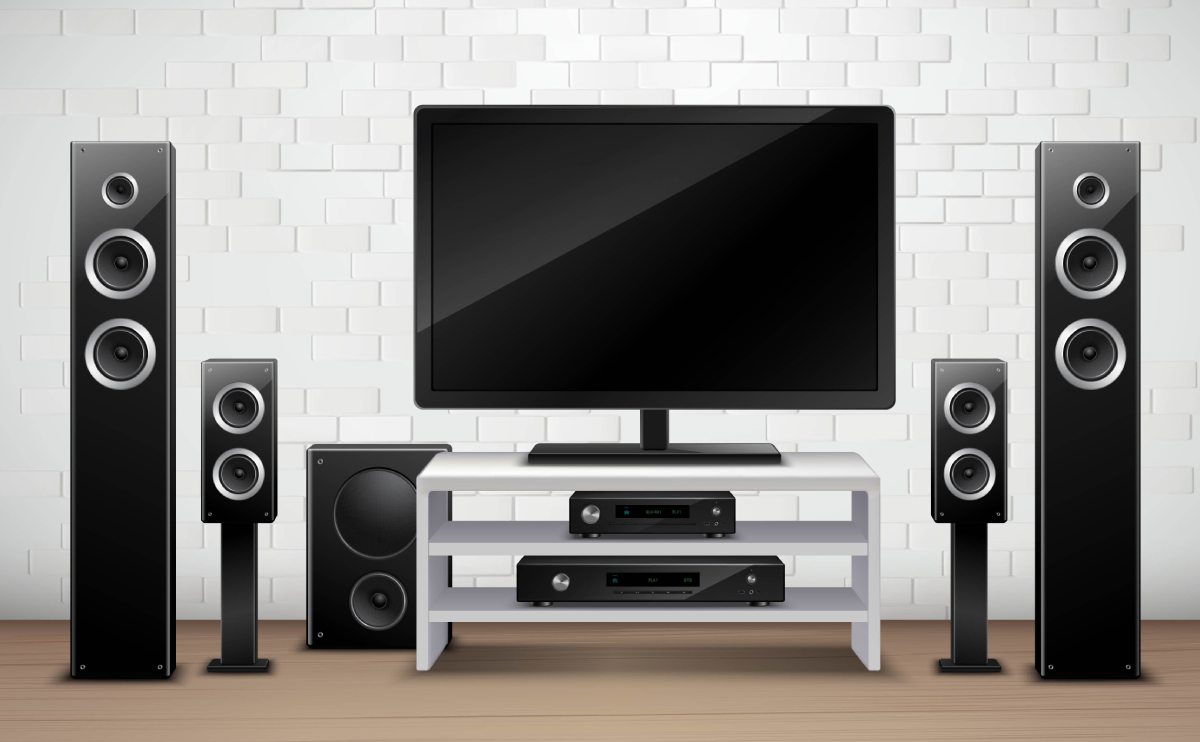
When creating a home theater, choosing the right speakers makes all the difference. The sound quality you get can turn a simple movie night into a full-blown immersive experience. Whether you want clear dialogue, booming bass, or sound effects that seem to come from all around you, understanding each speaker's role is key. This guide covers the types of home theater speakers, how to arrange them, and tips on balancing your budget to get the best sound for your money.
Understanding Home Theater Speaker Types and Their Roles
What Are Home Theater Speakers?
Home theater speakers come in many shapes and sizes. Each type has a specific job and fits into a larger system. When they work together, they create a full, rich sound environment. Proper placement of each speaker helps fill your room with clear, balanced sound.
Common Home Theater Sound System Configurations
Popular setups like 5.1, 7.1, or 5.1.2 tell you how many speakers you’ll have. Here’s what the numbers mean:
- The first number shows how many speakers are at ear level (front, left, right, and center).
- The second number counts the subwoofers that deliver deep bass.
- The third number indicates the number of height or ceiling speakers for surround sound in Dolby Atmos.
For example, a 7.1.4 system uses seven speakers at ear level, one subwoofer, and four height speakers for full immersion. These setups give you surround sound that feels like you're inside the movie.
Why Matching Speakers Is Important
Using speakers from the same brand and series ensures a smooth, cohesive sound. If your left, right, and center speakers all have the same components, sounds will pan across the screen naturally. Mismatched speakers can produce jarring transitions or weak dialogue.
Key Home Theater Speakers and Their Functions
Front Left and Right Speakers
These are the main sound sources — the stereo picture. You’ll want them positioned on either side of your display, either standing on the floor, mounted on the wall, or in-wall. Their quality greatly affects music, movies, and even video games.
Invest in good front speakers because they carry most of the sound. High-quality speakers here make everything sound clearer and more lifelike. If you listen to music or watch concert videos, these speakers matter even more.
Center Channel Speaker
This speaker records most of the dialogue. It should be placed right above or below your screen. When used with an acoustically transparent screen, it can go directly behind the display.
Choose a center channel that matches your front left and right speakers. This ensures voices are clear and consistent when characters speak or pan across the screen. If you can’t match it perfectly, pick one from the same brand and series for best results.
Surround and Rear Speakers
These fill the space around you. They create the feeling of being inside the action. Placement is key: side speakers go near the listening position, while rear speakers sit behind you.
With Dolby Atmos, sound now comes from above and around. This has changed how surround speakers are installed. Instead of being high on the walls, they are often placed at ear level or mounted to bounce sound off the ceiling for height effects.
Dolby Atmos Height and Elevation Speakers
Atmos speakers deepen your experience by adding sounds from above. You can install ceiling speakers or use special upward-firing models placed on your main speakers. Some brands make speakers with built-in height modules for a cleaner look.
Better placement of Atmos speakers improves effects like falling rain or flying helicopters. Keep in mind: matching these with your other speakers improves cohesion.
Subwoofer Types and Budgeting Strategies
In-Room and In-Wall Subwoofers
In-room subwoofers are standalone boxes with built-in amps, placed in your room near your seating. Wireless models simplify placement, letting you hide cords for a cleaner look. In-wall subwoofers are hidden inside the wall, saving space.
The Role of the Subwoofer
Subwoofers produce deep bass for effects like explosions and music kick drums. They handle low-frequency effects (LFE) sent from your AV receiver. Good bass adds punch and depth, making movies and music come alive.
Picking the Right Subwoofer
Spend wisely here. More power and deeper bass usually cost more. A budget sub may sound one-note, meaning it only booms without clarity. A better sub can reproduce a wide range of deep sounds, from upright bass to thunderclaps.
Adding two subwoofers evens out bass across the room. It reduces “hot spots” and makes the sound more balanced. Consider room size when choosing the size and power.
Designing Your Perfect Home Theater System
Room Size and Acoustics
The size and shape of your room influence speaker placement. Larger rooms need more powerful speakers or multiple subs. Irregular shapes may require acoustic panels or adjustments to reduce echo and improve sound clarity.
Setting Your Budget
Prioritize core speakers: front left, right, and subwoofers. These define your experience. Surrounded by affordable yet matching models, you can still build a great system. Over time, you can add or upgrade components.
DIY or Professional Setup
Planning your layout with online tools is easy. Want a perfect fit? Professionals can provide custom 3D models to make sure everything looks and sounds right. They also handle wiring and calibration for a hassle-free experience.
Building a Fully Immersive Atmos-Enabled Home Theater
Combining Speakers for Full Atmos Support
A 5.1.4 or 7.1.4 configuration adds height speakers for that 3D sound. Install ceiling-mounted or upward-firing models to send effects from above. Match these with your system’s main speakers for seamless sound.
Effective Speaker Wiring and Setup
Hide wires behind walls or use stands for a clean look. Use calibration tools or presets on your receiver to balance sound. Regularly check and upgrade components to keep your system current.
Conclusion
Choosing the right speakers is the foundation of a great home theater. Prioritize quality front and subwoofer speakers, match other components, and plan your setup carefully. Using design tools and expert advice helps ensure the best results. Investing in good speakers and proper placement transforms your space into a true cinema at home. Now, you're ready to create that immersive sound environment you’ve always wanted.

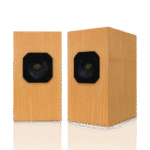 Sub Woofers
Sub Woofers Bookshelf Speakers
Bookshelf Speakers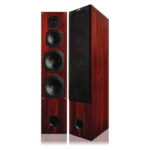 3 Way Tower Speakers
3 Way Tower Speakers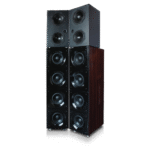 4 Way Tower Speakers
4 Way Tower Speakers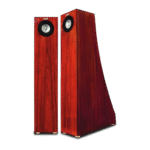 Full Range Speakers
Full Range Speakers